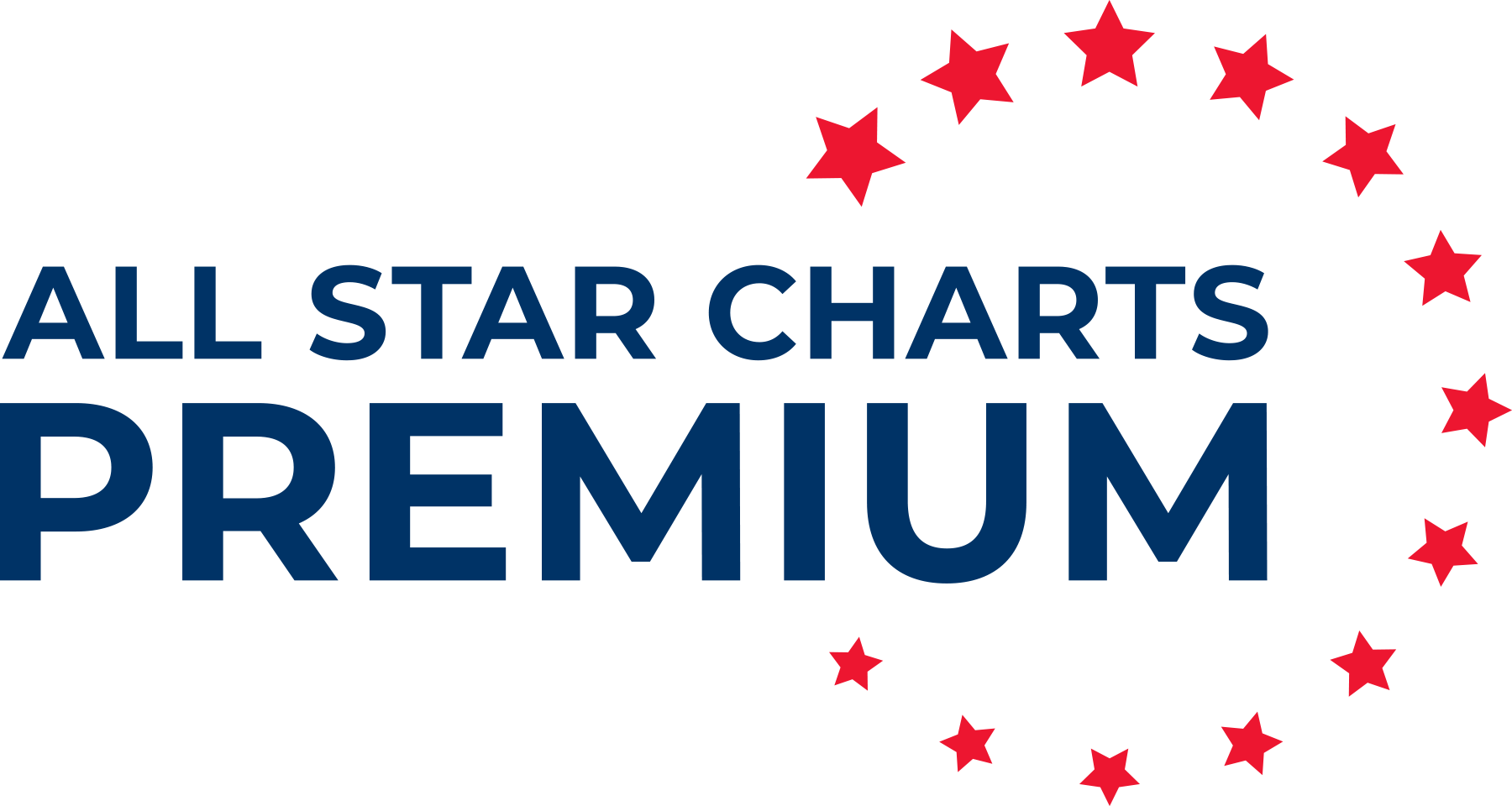Amazon: Betting On What Doesn’t Change
Books were not the vision, they were the starting point.
December 13, 2025

Displaying 9049 - 9072 of 20061
Recent Episodes
Missed it? No problem!
Replays of all our past episodes are always available in the episode archives.















